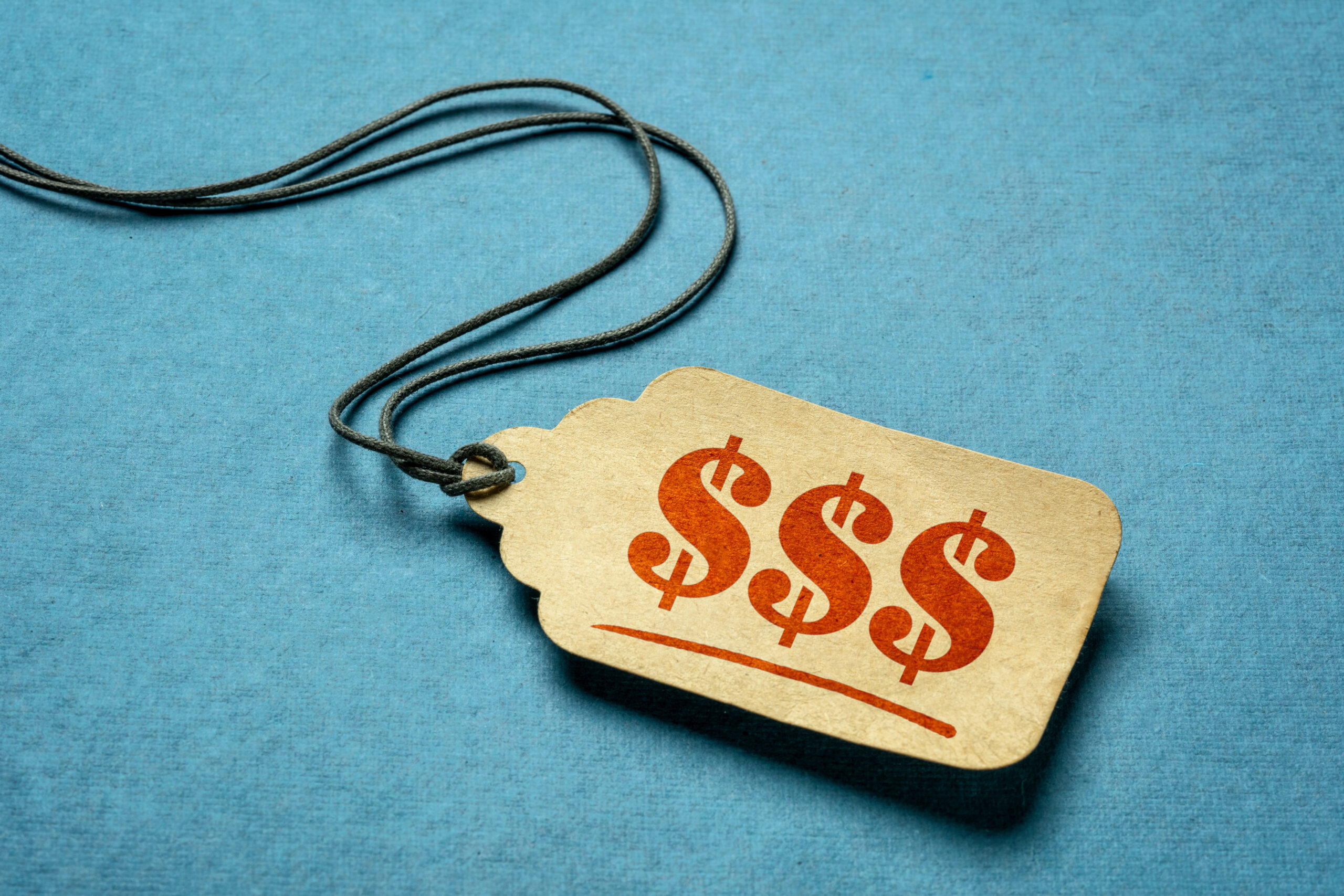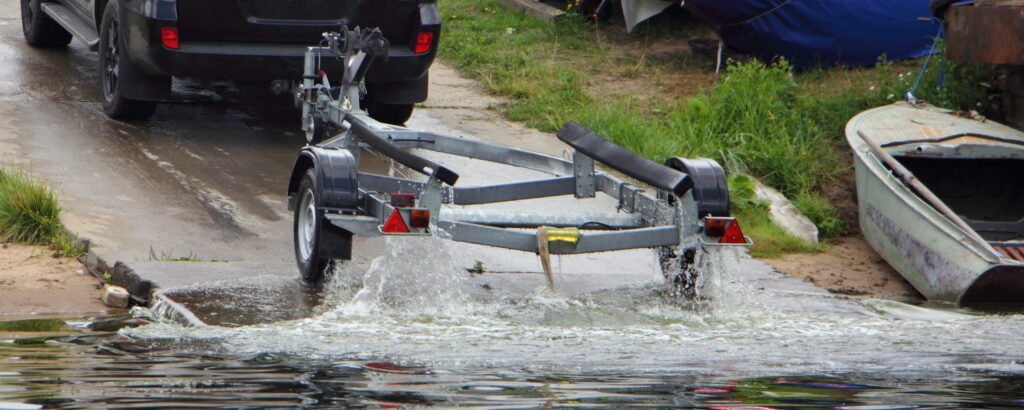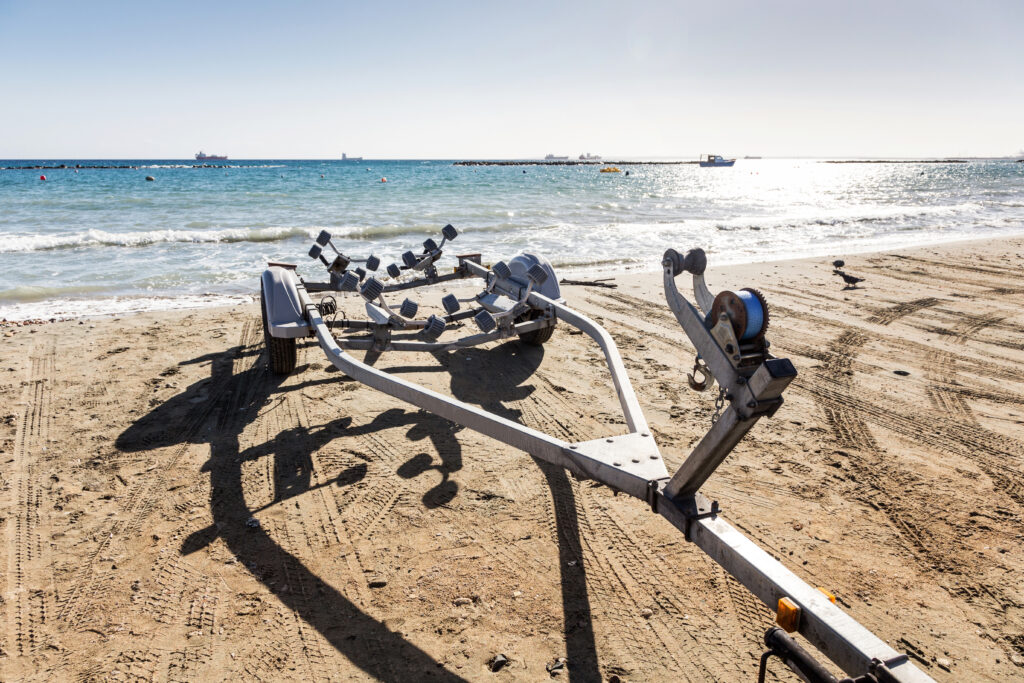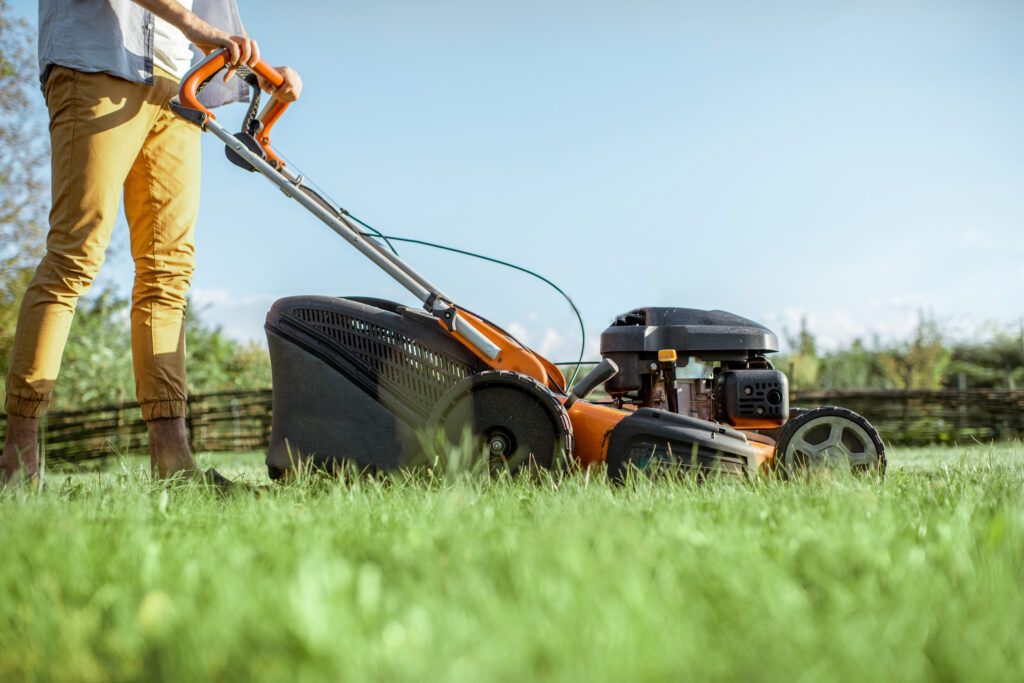One of the most common questions new Rentby listers have is: How much should I charge? It’s a fair question. If you price too high, renters will look elsewhere. If you price too low, you may feel like you’re giving your item away. The truth is, finding the right price isn’t about guessing; it’s about doing the math. And once you see the numbers, you’ll realize that most items can pay for themselves in just a few rentals.
In this article, we’ll break down exactly how to think about pricing, show you real-world examples of how quickly you can recoup your investment, and address one of the biggest fears people have when they start renting out their gear: What if something gets damaged?
The Math of Smart Pricing
When you rent out an item, the first goal is to recover what you spent on it. After that, every rental is pure profit.
Take a common piece of equipment: a pressure washer. Let’s say you bought it for $300. On Rentby, pressure washers typically rent for about $35 per day.
Here’s the math:
- $35/day × 9 rentals = $315
- Investment recovered after just 9 rentals
If you rent your pressure washer only twice a month, you’ll cover your cost in less than five months. And considering homeowners often rent this type of equipment in the spring and summer, those nine rentals can come quickly.
Now let’s look at something more expensive, like a riding lawn mower that costs you $1,000. If you price it at $75 per day, here’s what happens:
- $75/day × 14 rentals = $1,050
- Investment recovered after just 14 rentals
During peak mowing season, you could hit that number in as little as three to four months. Everything after that—whether it’s $500, $1,000, or more in additional rentals—is pure profit.
Why Hourly Rentals Often Don’t Work
Some new listers consider charging by the hour. While it may sound appealing, it often doesn’t make sense for the renter once you factor in commuting.
Think about it: if you list a tool for $25 per hour and it takes the renter 20 minutes to drive to you, 10 minutes to load/unload, and another 20 minutes to drive home, they’ve already spent almost an hour just on pickup and drop-off. That means their true cost is closer to $50 for just one usable hour.
For that reason, daily rates usually make more sense. Renters see more value, and you avoid the frustration of unused inventory sitting around for short, inefficient transactions. Hourly pricing might work for very high-value items or specialty gear, but for most everyday rentals, daily pricing is the fairest, most practical approach.
A Few More Examples
Here are some quick snapshots of how this math plays out with different types of items:
- Utility Trailer: Purchased for $1,200, rented for $50/day → 24 rentals to pay off. At two rentals a month, you’d be in profit in a year.
- Party Tent: Purchased for $500, rented for $40/day → 13 rentals to pay off. During the summer party season, that’s just a few weekends.
- Chainsaw: Purchased for $250, rented for $25/day → 10 rentals to pay off. A popular fall rental for homeowners tackling yard work.
What these examples show is that no matter the item, fair pricing combined with a little demand means your gear starts earning for you much faster than you might think.
Why Competitive Pricing Matters
It might be tempting to set your prices high to maximize earnings per rental. But this usually backfires. Renters are savvy. If your pressure washer is $60 a day and someone else lists theirs for $35, the choice is obvious.
Competitive pricing leads to:
- More rentals overall: Ten rentals at $35 is better than three rentals at $60.
- Repeat customers: A renter who feels like they got a good deal is more likely to come back to you next time.
- Steady income: Consistent, smaller earnings add up faster than rare, big ones.
Think of it this way: pricing fairly is like turning your items into a subscription that pays you month after month.
But What If Something Gets Damaged?
This is the biggest fear new listers have. It’s natural to think: What if someone breaks my mower or scratches my trailer? Won’t I lose money instead of making it?
Here are three reasons you shouldn’t let this stop you:
- Most renters are responsible. People are generally careful with items they’ve paid to use.
- You’re in control. You can set deposits, require agreements, and choose who to rent to.
- The math still works. Let’s say someone damages your mower, and repairs cost $100. If you’ve already made your $1,000 back in 14 rentals, that $100 is just a small dent in your profit—not a loss.
Even in the worst-case scenario, one repair won’t erase months of earnings. By the time you’ve paid off your investment, the risk of damage becomes less of a financial burden and more of a minor inconvenience.
Tips for Setting the Right Price
If you’re ready to start listing your items, here are some simple guidelines to follow:
- Do some homework. Look at what others are charging for similar items in your area.
- Think like a renter. Ask yourself: Would I pay this much for the convenience?
- Factor in pickup/drop-off. Remember, commuting time makes short hourly rentals less appealing—daily pricing usually wins.
- Adjust as you go. Start with a fair price, then raise or lower it depending on demand.
The Bottom Line
Renting out your items on Rentby isn’t just about covering costs; it’s about creating a new income stream with things you already own. Whether it’s a mower, a trailer, or a party tent, smart pricing ensures that your gear pays for itself in just a handful of rentals.
Once you’ve hit that break-even point, you’re not just making your money back, you’re turning everyday items into assets that generate pure profit.
So don’t let fear of damage or confusion about pricing hold you back. Run the numbers, price fairly, and watch how quickly the math works in your favor.







